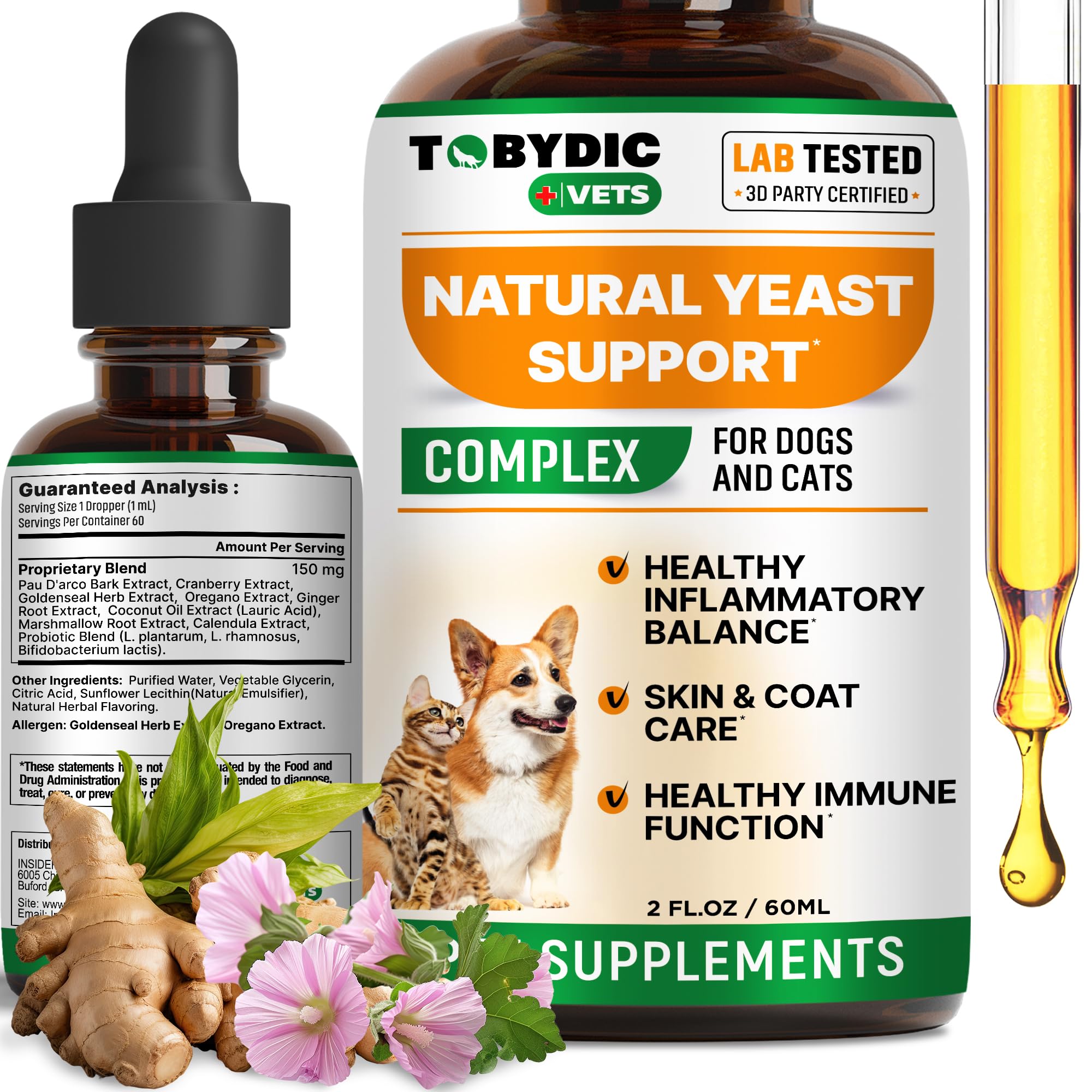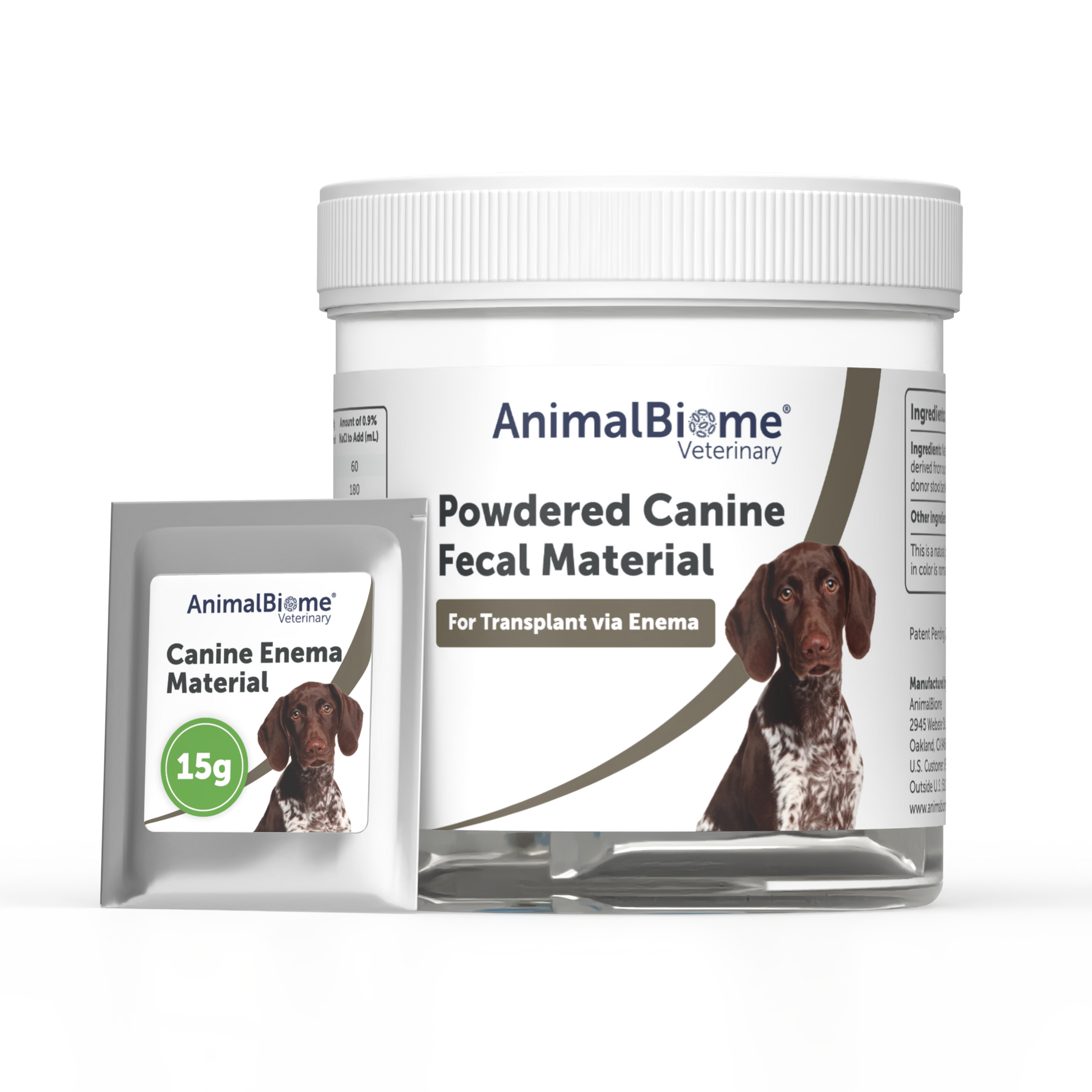Are you worried about allergies but still want to enjoy the company of a furry friend? You’ve probably heard the term “hypoallergenic dog breeds” and wondered what it really means.
Understanding this can help you find a dog that fits your lifestyle without causing sneezes and itchy eyes. You’ll discover what hypoallergenic dogs are, why they might be a better choice for you, and how to pick the right breed.
Keep reading to find the perfect match for your home and health.

Credit: www.latimes.com
Hypoallergenic Dogs Defined
Hypoallergenic dogs are breeds that cause fewer allergic reactions. People with dog allergies often prefer these breeds.
These dogs shed less hair and dander. This helps reduce allergy triggers in the home.
Allergy Triggers In Dogs
Allergies come from proteins in dog skin flakes, saliva, and urine. These proteins cause sneezing, itching, and watery eyes.
Shedding spreads these proteins in the air and on surfaces. More shedding means more allergens around you.
- Skin flakes (dander) carry allergens
- Saliva contains allergy-causing proteins
- Urine can also trigger allergic reactions
- Shedding spreads allergens widely
Why Some Breeds Are Hypoallergenic
Some dog breeds shed very little or not at all. Less shedding means fewer allergens enter the environment.
Hypoallergenic dogs often have hair that grows continuously. Their dander stays trapped in their hair instead of spreading.
- Low shedding reduces spread of allergens
- Hair growth patterns trap dander
- Regular grooming helps control allergens
- Breed traits affect allergen levels

Credit: tayloreddogs.com
Top Hypoallergenic Breeds
Hypoallergenic dog breeds cause fewer allergies in people. They shed less hair and dander.
These breeds suit people with mild allergies or sensitive skin. Choosing the right breed helps with comfort.
Small Breed Options
Small hypoallergenic dogs fit well in apartments and small homes. They need less space and exercise.
These breeds are easy to carry and often good with kids. Their coats reduce allergy problems.
- Poodle (Toy and Miniature)
- Maltese
- Shih Tzu
- Yorkshire Terrier
- Havanese
Medium And Large Breed Choices
Medium and large hypoallergenic dogs need more space and exercise. They are great for active families.
These breeds still shed less and produce less dander. They can be good companions for allergy sufferers.
- Standard Poodle
- Portuguese Water Dog
- Irish Water Spaniel
- Bergamasco Sheepdog
- Giant Schnauzer
Benefits Of Hypoallergenic Dogs
Hypoallergenic dog breeds cause fewer allergic reactions. They shed less hair and dander.
Many people with allergies find these dogs easier to live with. They offer a chance to enjoy pets safely.
Health Advantages
Hypoallergenic dogs reduce allergy symptoms like sneezing and itching. They produce less dander, which is the main allergen.
These dogs help improve breathing for allergy sufferers. They lower the risk of asthma attacks triggered by pets.
- Less pet dander in the home
- Reduced allergy symptoms
- Lower asthma risks
- Cleaner air and environment
Lifestyle Compatibility
Hypoallergenic dogs fit well with many lifestyles. They are good for people who want pets but have allergies.
These dogs often need less grooming and cleaning. They allow owners to enjoy dogs without constant allergy worries.
- Suitable for allergy-sensitive homes
- Less frequent cleaning needed
- Good for active and busy people
- Great for families with allergy issues

Credit: www.nylabone.com
Caring For Hypoallergenic Dogs
Hypoallergenic dog breeds shed less dander and hair. This makes them better for people with allergies.
Though they cause fewer allergies, these dogs still need proper care. Caring well keeps them healthy and happy.
Grooming Tips
Regular grooming helps reduce allergens on your dog. It also keeps their coat clean and healthy.
Brush your dog often to remove loose hair and dander. Bathing every few weeks can also lower allergens.
- Use a brush designed for your dog’s coat type
- Choose gentle, hypoallergenic dog shampoo
- Trim hair regularly to reduce shedding
- Check ears and nails during grooming
Maintaining A Low-allergen Environment
Keeping your home clean helps reduce allergens around your dog. It protects both you and your pet.
Use air purifiers and clean floors often. Wash your dog’s bedding and toys regularly to lower allergens.
- Vacuum carpets and furniture weekly
- Use HEPA filters in your air purifier
- Wash dog bedding in hot water weekly
- Keep your dog’s living areas tidy
Myths About Hypoallergenic Dogs
Many people think hypoallergenic dogs do not cause allergies. This idea is not fully true. Allergies come from proteins found in dog skin, saliva, and urine.
This article explains common myths about hypoallergenic dogs. It also shares what science says about these breeds.
Common Misconceptions
People often believe hypoallergenic dogs never cause allergies. They think these dogs do not shed hair or dander. Some think certain breeds are allergy-free.
In reality, all dogs produce allergens. Some breeds shed less hair, but they still make dander. No dog breed is 100% hypoallergenic.
- All dogs have allergens in their skin and saliva
- Shedding less hair does not mean no allergens
- Hypoallergenic means lower allergen levels, not zero
- Individual reactions to dogs vary from person to person
What Science Says
Scientists studied allergens in many dog breeds. They found allergen levels vary but are never zero. Some breeds have fewer allergens, which may help sensitive people.
Research shows cleaning and grooming dogs regularly reduces allergens more than breed choice alone. Air filters and washing hands also help reduce allergies.
- All dogs produce the allergen called Can f 1
- Allergen levels differ by dog, not just breed
- Regular grooming lowers allergen spread
- Cleaning home reduces airborne allergens
Choosing The Right Breed For You
Hypoallergenic dog breeds are known to cause fewer allergy problems. Choosing the right breed helps you enjoy a pet without sneezing.
Not all hypoallergenic dogs are the same. You should think about your allergies and lifestyle first.
Assessing Allergies
Allergies come from proteins in dog skin, saliva, and urine. Hypoallergenic dogs shed less hair and dander.
Visit a friend who has a hypoallergenic dog. See if your allergies act up. This test is useful before you decide.
- Spend time with the dog in a small room
- Note any sneezing or itching
- Try different breeds if possible
- Talk to your doctor about allergy tests
Matching Temperament And Activity Levels
Each breed has a unique personality and energy level. Pick a dog that fits your daily routine and home life.
Some hypoallergenic dogs are calm and quiet. Others need lots of exercise and playtime. Match the dog to your activity level.
- Calm breeds suit small apartments and relaxed owners
- Active breeds need daily walks and playtime
- Consider your work schedule and free time
- Think about children or other pets at home
Frequently Asked Questions
What Are Hypoallergenic Dog Breeds?
Hypoallergenic dog breeds are less likely to trigger allergies. They produce fewer allergens like dander, saliva, and urine. Popular hypoallergenic breeds include Poodles, Bichon Frises, and Maltese. These breeds are ideal for allergy sufferers. Regular grooming can further reduce allergy risks.
Do Hypoallergenic Dogs Shed Less?
Yes, hypoallergenic dogs typically shed less. This reduces the spread of allergens in your home. Breeds like Schnauzers and Portuguese Water Dogs are known for minimal shedding. Regular brushing can help further minimize shedding. This makes them suitable for those with mild allergies.
Are Hypoallergenic Dogs Completely Allergy-free?
No, hypoallergenic dogs are not completely allergy-free. They just produce fewer allergens compared to other breeds. Allergy sufferers may still react, but symptoms are often milder. It’s advisable to spend time with a breed before adopting. Consulting with an allergist can also be helpful.
Which Hypoallergenic Dog Breeds Are Best For Families?
Poodles and Labradoodles are great for families. They are friendly, intelligent, and have low allergen levels. Bichon Frises are also affectionate and good with children. Always consider the breed’s temperament and grooming needs. Research and meet the dog before bringing it home.
Conclusion
Hypoallergenic dog breeds shed less and cause fewer allergies. They suit people with sensitive skin or asthma. Choosing the right breed helps keep your home clean. Always spend time with a dog before adopting. This ensures comfort and reduces allergy risks.
Remember, no dog is 100% allergy-free. But some breeds make living with allergies easier. Understanding hypoallergenic dogs helps you make a smart choice. Your next pet could bring joy without sneezes.







